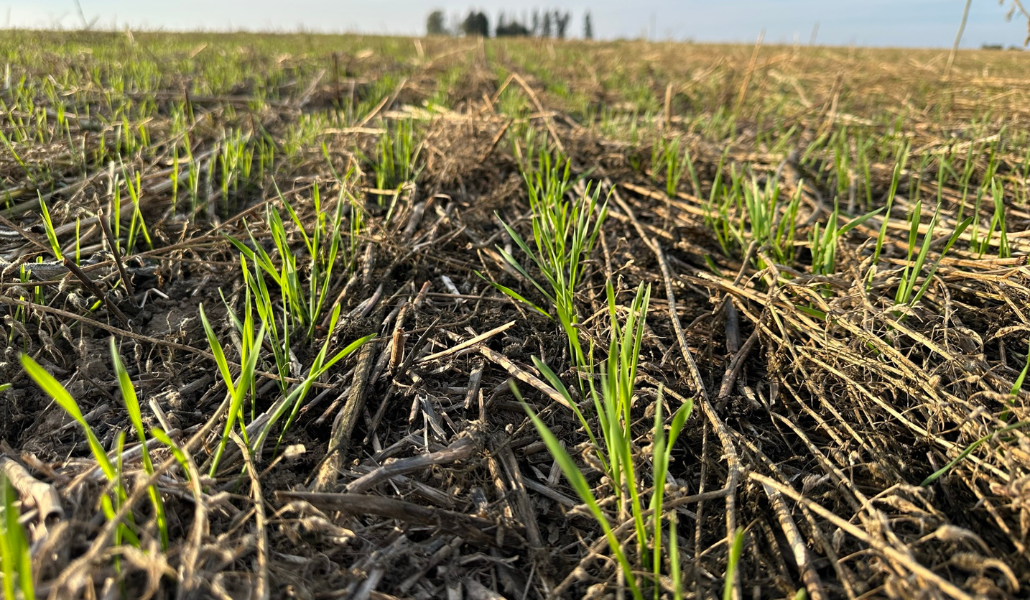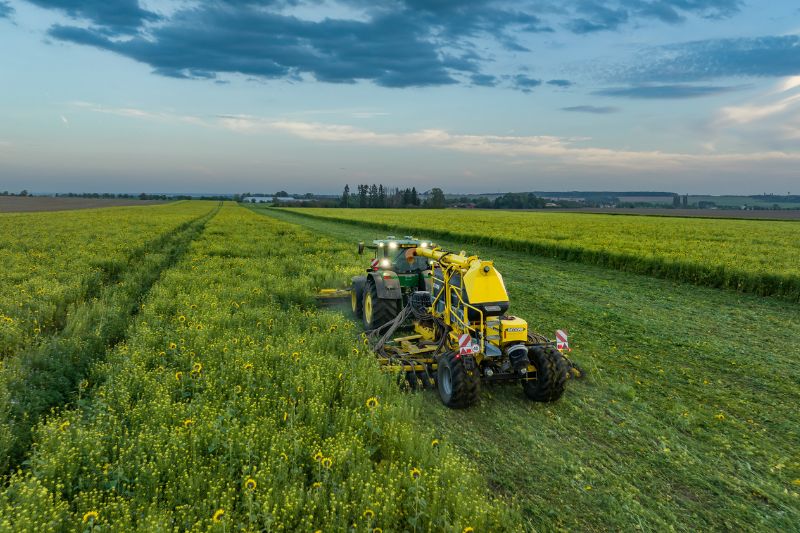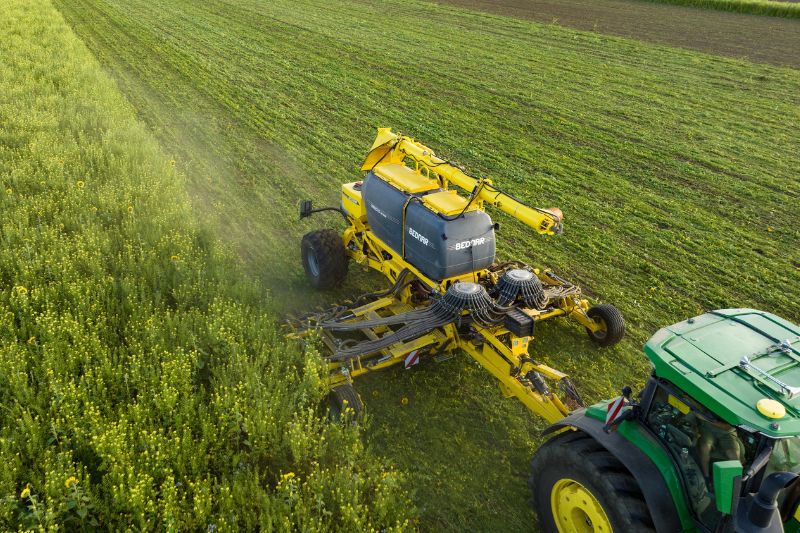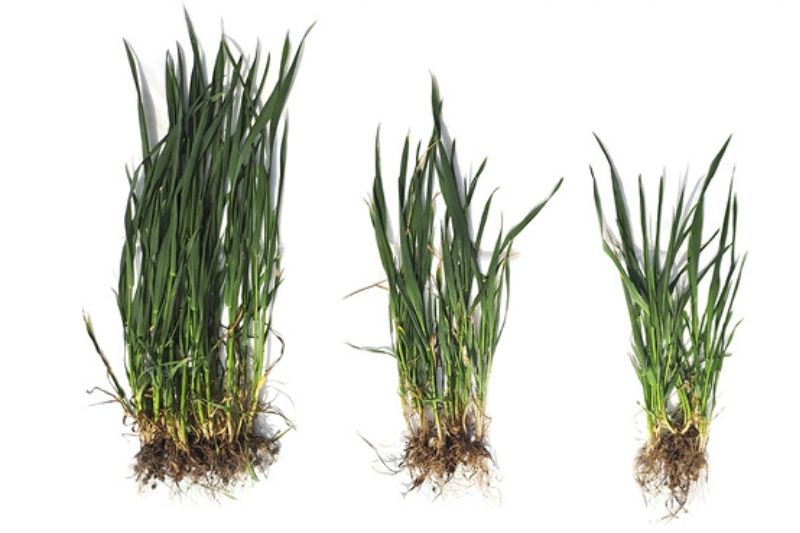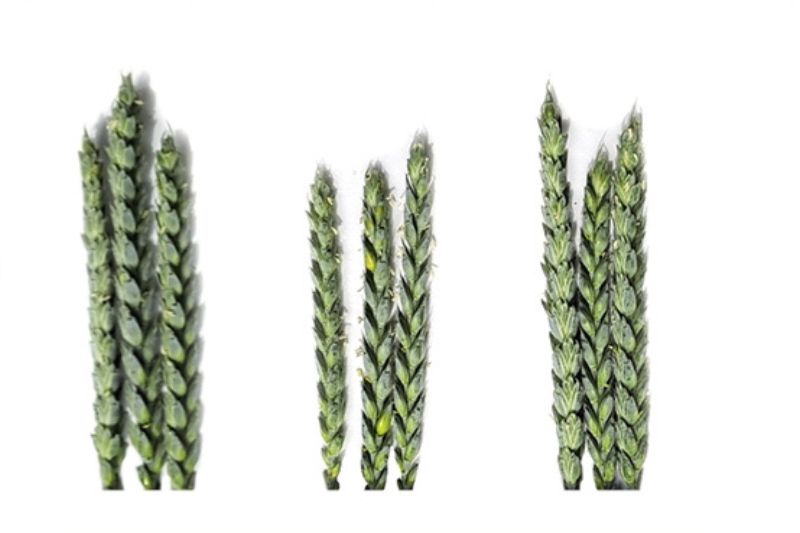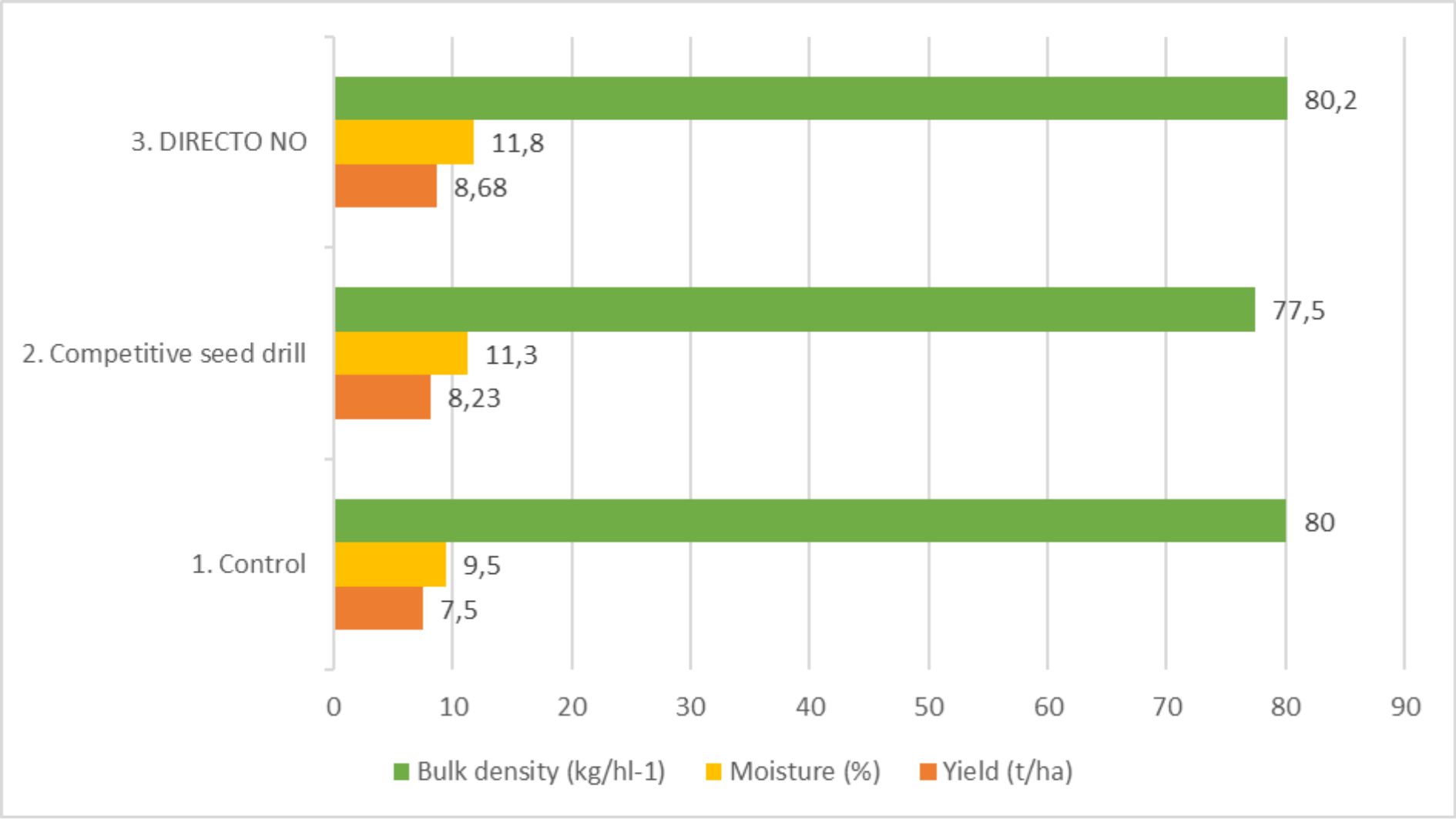As part of an experiment with winter wheat of the Butterfly variety, we tested three different seeding methods on fields in Dlouhé Dvory near Hradec Králové. The goal was to compare traditional tillage and subsequent seeding with modern direct seeding technologies, including the DIRECTO NO seed drill. Direct seeding showed significant advantages, particularly in retaining soil moisture during dry periods, which led to a higher number of productive tillers and more stable yields. Beyond agronomic benefits, direct seeding proved to be more economical due to lower fuel consumption, fewer passes over the field, and reduced herbicide costs. This approach offers an effective solution for conditions with large weather fluctuations and contributes to sustainable soil management.
 BEDNAR FMT
BEDNAR FMT